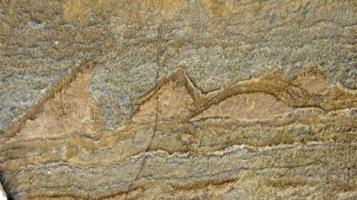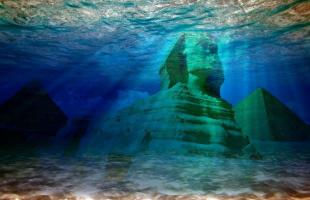Were dinosaurs warm-blooded or cold-blooded ?
Dinosaurs were reptiles, but were they cold-blooded like present-day reptiles or were they warm-blooded like birds?
It is usually thought that dinosaurs were cold-blooded animals, i.e., lacking thermoregulatory mechanisms (heterotherms), however, some scientists have advanced the hypothesis that they were warm-blooded, i.e., capable of thermoregulation (homeotherms).
Many clues would seem to confirm this last hypothesis, although several researchers are still not convinced and seek further evidence before deciding.
The oldest dinosaurs and the earliest mammals appeared on our planet at about the same time.
Mammals had the advantage of being warm-blooded animals, but dinosaurs dominated the world for more than 160 million years, some scientists believe they did so because they too were warm-blooded animals.
Most scientists believe that dinosaurs were extremely active and agile. Ostrich dinosaurs could run very fast, and experts say that only warm-blooded animals like the ones that live today could do such a thing.
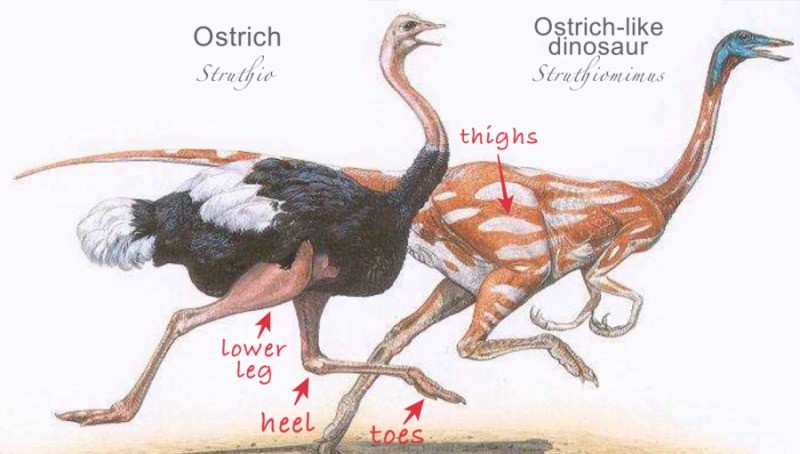
Some scholars, however, disagree as they say that even some current cold-blooded reptiles are able to run quickly on two legs.
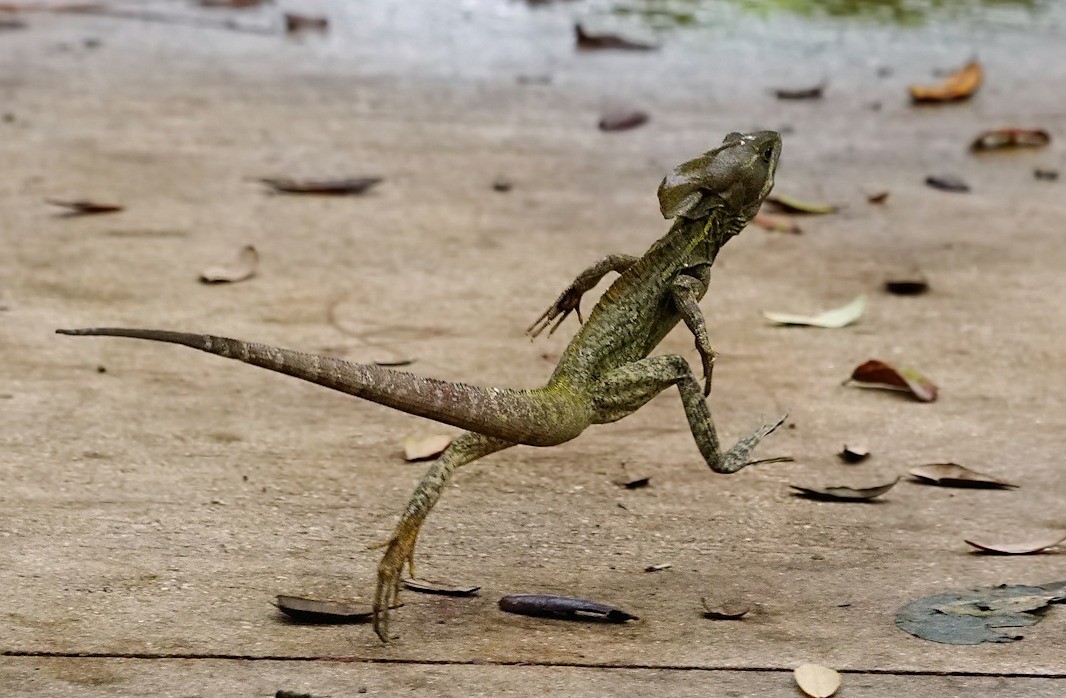
Some experts argue that dinosaurs were warm-blooded based on the way they walked and ran: the legs of many present-day reptiles are attached to the sides of the body and stick out when they walk.
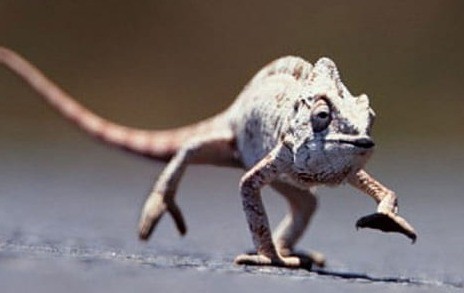
Dinosaurs, on the other hand, had legs arranged under the body and moved in a manner similar to that of present-day mammals.
Some scholars counter this argument with the fact that many present-day reptiles have legs under the body, despite being cold-blooded.
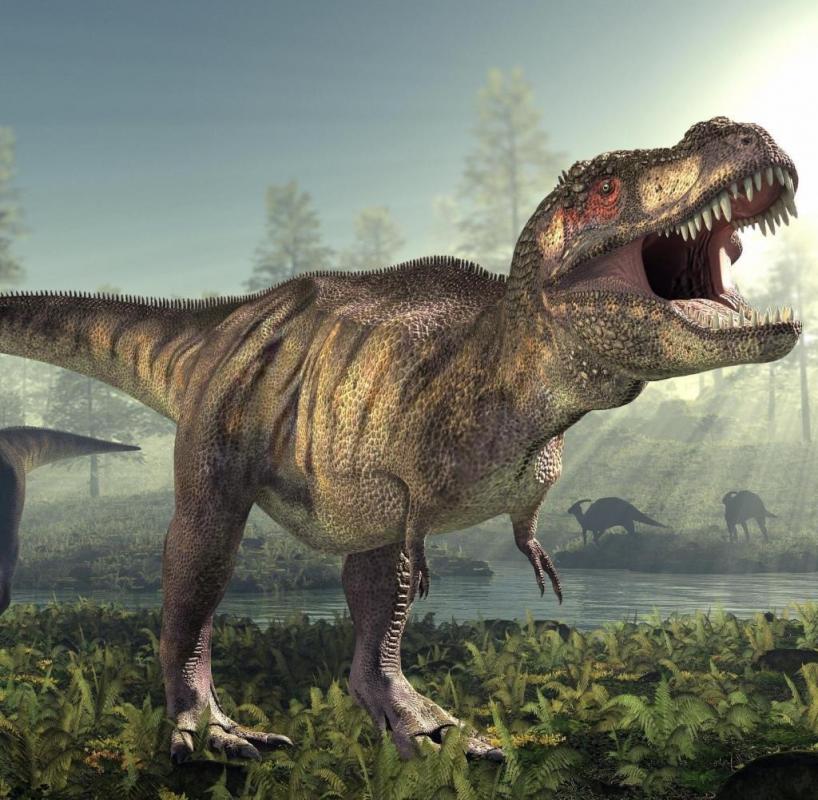
Experts agree that giant dinosaurs were warm-blooded, but this was done in a very special way, in fact they had so much meat and fat on them that their bodies were insulated and did not lose heat.
In this way they were able to keep their bodies warm in the night and warm up quickly in the morning.
They were therefore warm-blooded animals but not like mammals.
Often many more remains of vegetarian dinosaurs are found in the same deposit than of carnivorous dinosaurs. The explanation for this may be that carnivorous dinosaurs needed to eat a lot of meat to meet their energy needs, somewhat like present-day lions do, which are warm-blooded animals.
A lion, in fact, must eat a lot of meat to produce the energy it needs and is capable of eating much more than a crocodile, a cold-blooded reptile.
This fact would prove that dinosaurs were warm-blooded animals like lions and not cold-blooded like crocodiles.
However, many other scientists, think that finding more herbivores than carnivores in the same deposit is not good evidence to prove that dinosaurs were warm-blooded, according to them there is no evidence that these remains are actually those of predators and their victims and therefore the whole theory is worthless.
Who is right?
No one can say with certainty what the truth actually is, that is, whether dinosaurs were warm-blooded or cold-blooded. Studies to prove either theory have made it clear that dinosaurs were not slow and stupid animals as many of us imagine them, on the contrary, they were agile and very fast. Recent discoveries also would seem to indicate that perhaps some small predators were warm-blooded and that from them birds probably evolved.
Let us clarify some differences between warm-blooded and cold-blooded animals
Some differences
The big advantage of being warm-blooded animal is that the animal is always able to move and react fast.
Animals such as mammals, which convert food's energy into heat, can withstand even when it is cold and, therefore, move with agility even at night and in winter.
Cold-blooded animals, such as reptiles, cannot get control of their bodies until they are well warm and always need to keep their bodies warm in order to stay active.
After a cold night they need to go under the sun to warm up and reactivate their vital functions, which is why cold-blooded animals can only live in warm climates.














